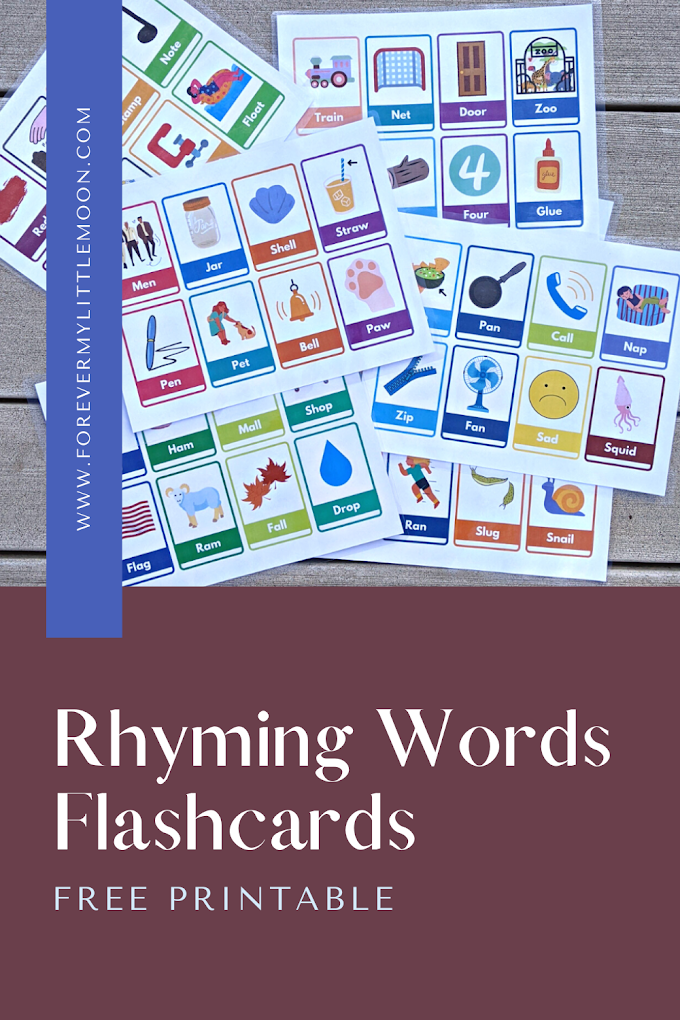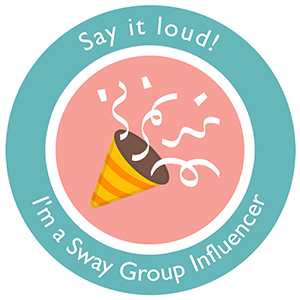"Our descriptive analysis of population-based multistate CDR program data showed that only one quarter of SUID victims were sleeping in a crib or on their back when found; 70% of infants were on a surface not intended for infant sleep, and 64% with documentation of their position when found were on their stomach or side. Importantly, 64% of SUID victims in our study were sharing a sleep surface, and 49% of these infants were sleeping with an adult. Infants whose deaths were classified as resulting from suffocation or undetermined causes were significantly more likely than were those whose deaths were classified as resulting from SIDS to be found in an adult bed, a couch or chair, or another surface not intended for infant sleep; they were also significantly more likely to be sharing that sleep surface with an adult." (Source)
Here are some common guidelines that are not followed by parents and should be. I have provided the AAP recommendation and an explanation as to why it is recommended. I have also provided real life tragedies as a result of not following the AAP's guidelines to show that these deaths could have been prevented if the caregivers had chosen to follow the sleep safety recommendations placed by the AAP. There are many more tragic stories out there than the ones I have listed here, but this shows you that infant deaths do happen due to poor sleep environments. Your mom, your grandma, your great grandma and so on, may have broken all of these rules and you turned out fine, but that does not necessarily mean your child will, as these heartbroken parents tragically discovered.
However, as a parent, it is ultimately up to you to make decisions that you feel are best for your child. Just be aware that there are risks to not following the infant sleep safety guidelines, and be prepared to accept the tragic consequences of those risks should it happen to you. Many of these parents live with guilt for the rest of their lives because they know what they could have done to prevent their baby's death. Some are also facing criminal charges, most of which are daycare workers who are required to follow the AAP sleep safety regulations.
Back to Sleep
Always put your baby down on his or her back.
"The single most effective action that parents and caregivers can take to lower a baby's risk of SIDS is to place the baby to sleep on his or her back for naps and at night. Compared with back sleeping, stomach sleeping carries between 1.7 and 12.9 times the risk of SIDS." (source).
Once your baby can start rolling on their own, it is okay to let them sleep on their stomach, if and only if they got there on their own. You do not need to roll them back onto their back, this will likely risk waking them and then you will have a crabby baby!
Many parents choose to ignore this due to the fact that their baby sleeps better on his or her tummy, so they take the risk in order to get a good night's sleep, thinking others have done the same with no issues, but here are some tragic real-life cases where babies have died due to sleeping on their tummies:
- 25-year-old Candice Christa Semidey lost her baby due to poor sleep environment, including laying him down on his stomach (source).
- Beverly Ann Greenagel was in charge of a daycare and had killed a 3-month-old baby boy by placing him down on his tummy for a nap (source).
- A 3-month-old baby girl, Addy, died due to being put down on her tummy by a daycare worker (source).
- Sebastian died due to being put on his tummy to sleep (source).
- 2-month-old Joey died due to being put on his tummy to sleep by a daycare worker (source).
- 3½-month-old baby girl, Lucy, died due to a daycare provider putting her to sleep on her stomach (source).
- 3-month-old McKenna died after being put to nap on her stomach at daycare (source).
 |
| Image from Unsplash and edited using Canva |
Nothing in Baby's Crib
The AAP recommends: "Keep soft objects or loose bedding out of the crib. This includes pillows, blankets, and bumper pads."Babies can get trapped in these bedding items and suffocate. Even a "breathable" bumper is not recommended as a baby could still get trapped or tangled in them. You may think a crocheted or knitted blanket may be safe because it has holes, but it is not as a baby can still get tangled and trapped in it.
- Jordan DeRosier recently lost her 7-month-old son, Sloan, due to putting him to bed with a blanket (source). Sloan had gotten himself trapped in a gray blanket while sleeping in his crib. In her heart-wrenching Facebook note (no longer available), she warns others to not put their baby to bed with blankets.
- 7-month-old Owen died due to having a weighted blanket placed on him (source).
- 5-month-old Eve died due to being put to sleep in a portable crib with loose bedding by a daycare worker (source).
- 6 babies died due to improper bedding (source).
- From 2006-2012, 23 babies died due to crib bumpers (source).
 |
| Images from Pixabay/Pixabay and edited using Canva |
Co-sleeping
The AAP recommends: "The baby should sleep in the same room as the parents, but not in the same bed (room-sharing without bed-sharing)" (source).
Room-sharing is recommended because it keeps the baby near you so you can hear better and react quicker. They recommend this for at least the first 6 months, but encourage to go the full first year. You can use a safety-approved bassinet or pack n play, or if you have a big enough room, you can set up the baby's crib in your room.
Bed sharing is not recommended as babies can get trapped under pillows, blankets, and in some cases, crushed by their parents. Bed sharing is a hot topic and a lot of people, especially breastfeeding mothers, still do it to this day due to convenience.
Some women believe that breastfeeding mothers have "instincts" and are so in tune with their babies and their bodies, that bed sharing is totally fine. I, personally, believe that there is no such thing as safe bed sharing.
Besides the amazing ability to be able to provide food for her baby, I do not believe that breastfeeding gives women any special "sleeping" or "waking" abilities, as you will see in some of the stories listed below, some mothers lost their babies due to breastfeeding in bed because, guess what, like normal human beings, they got tired and fell asleep, only to wake up to find their baby dead.
- Scarlett Moore died at 4 days old due to bed sharing (source).
- Erin Piche-Pitts had two babies die due to bed sharing (source).
- A 10-week old baby died due to bed sharing (source).
- A 3-week old baby died due to bed sharing (source).
- A 2-month-old baby girl died due to bed sharing (source).
- A newborn baby boy died due to bed sharing (source).
- Vanessa Clark lost 2 babies due to bed sharing (source).
- Ayla died while bed sharing with her parents (source).
- 2-month-old Kourtny Williams died due to bed sharing, mom rolled on top of her (source).
- 3-month-old Jernard Moore died due to bed sharing, mom rolled on top of him (source).
- Anayah-Lynn Howard died due to bed sharing, suspected mom rolled on top of her (source).
- 4-month-old Urijah Murray died after he got tangled beneath the legs of an older sibling he was sleeping next to (source).
- A 36-day-old infant was found dead after sleeping with her parents (source).
- An infant died due to sleeping with its mother (source).
- 15 babies died while sleeping with adults (source).
- Willow Beeley died due to being rolled on top of by an adult (source).
- 17 babies died due to bed sharing (source).
- Ben died while sleeping next to his mother in bed (source).
- A 2-month-old baby died due to bed sharing (source).
- John Thomas Michael Abernathy died due to bed sharing. His mother was breastfeeding him (source).
- Deleilah Woodford died due to bed sharing, her mother breastfed her in bed (source).
- A baby boy died due to bed sharing (source).
- A 25-day-old baby girl died while mom was breastfeeding in bed (source).
- 3-month-old Aleigha Celerino-Garcia died due to bed sharing (source).
- A 7-Week-Old Girl died in Long Island due to bed sharing (source).
 |
| Image from Pixabay and edited using Canva |
Firm Surface & Safety-Approved Crib, Portable Crib, Play Yard, or Bassinet
To prevent SUID, the AAP recommends: "Always use a firm sleep surface. Car seats and other sitting devices are not recommended for routine sleep." (source).
- Charlie died at 3-weeks-old due to sleeping on his dad's chest (source).
- Grace Roseman died when she managed to get her head over a half-lowered side of a Bednest. All sides should have been up to meet safety regulations and Bednest has since changed their product so sides can no longer be lowered (source).
- A 4-month-old died while sleeping on its stomach on an adult's lap (source).
- "A 6-month-old baby girl died after her mother fell asleep with her on a couch" (source).
- An 11-month-old boy died due to rolling off a couch (source).
- 5 babies died due to sleeping on a couch, 4 were sleeping with an adult (source).
 |
| Images from MorgueFile/MorgueFile and edited using Canva |
Here is what a safe sleep environment should look like.
Please note that many of the cases above are not considered SIDS. SIDS "is the sudden, unexplained death of a baby younger than 1 year of age that doesn’t have a known cause even after a complete investigation" (source). The cause is known for many of these deaths, often suffocation, and thus fall into the larger category of SUID. SIDS is not 100% preventable, but there are ways to lessen the risk, which you can find here, while many of these deaths could have been prevented if parents had chosen a safe sleep environment.
More Information on Infant Sleep Safety:
- The Scientific Parent - Crib Notes: Is Cosleeping Really Unsafe?
- Romper - How Many Babies Die Co-Sleeping? Babies Who Co-Sleep Could Die From SIDS
- HRF - 22 Scary Infant Suffocation Statistics
- CDC - About SUID and SIDS
- NIH - About SIDS and Safe Infant Sleep
- AAP - SIDS and Other Sleep-Related Infant Deaths: Updated 2016 Recommendations for a Safe Infant Sleeping Environment



















